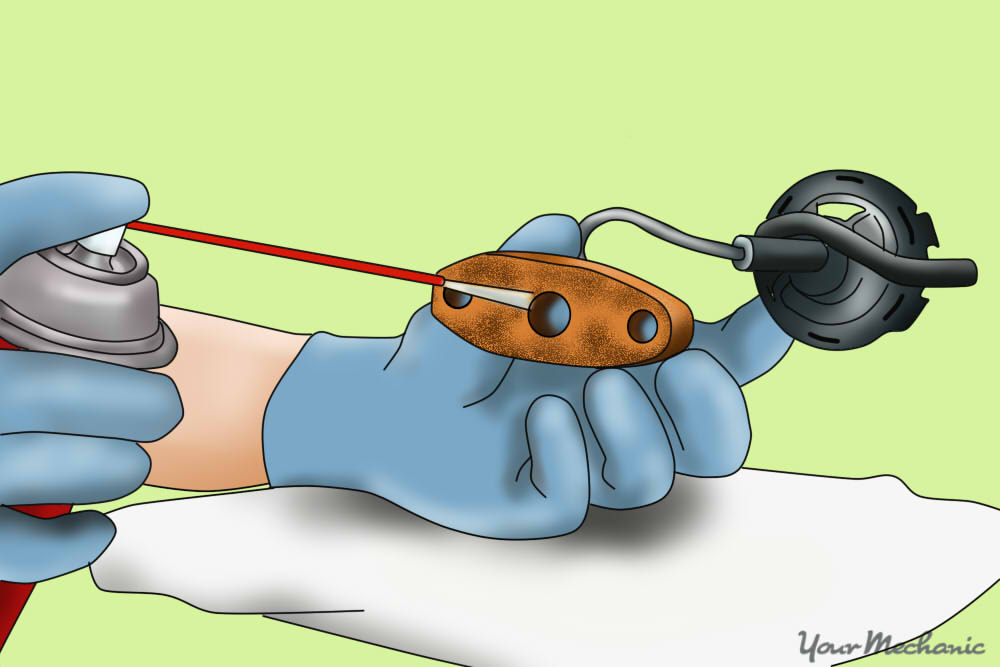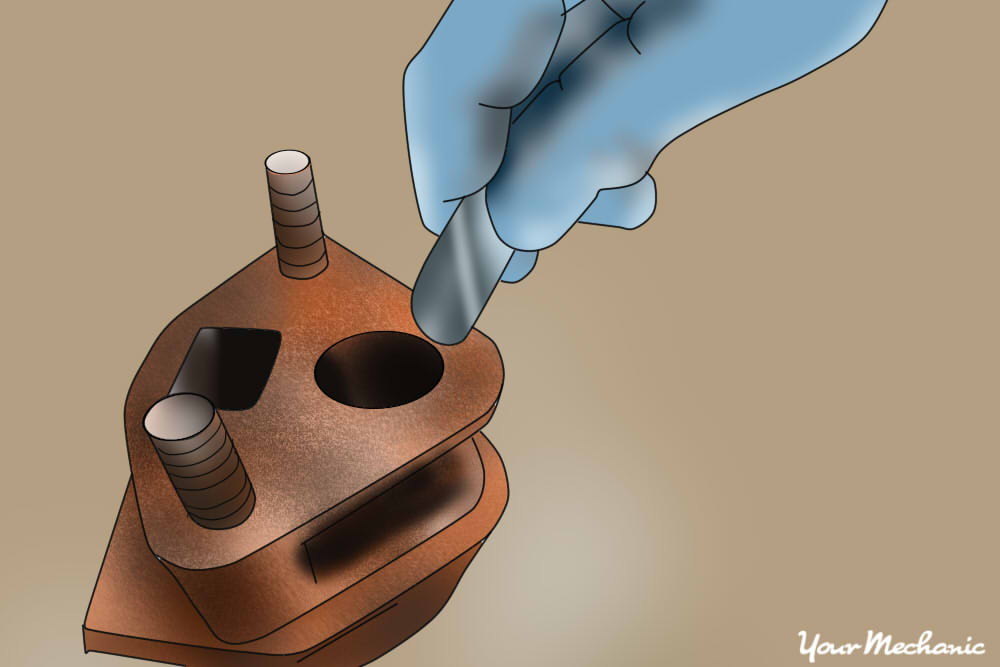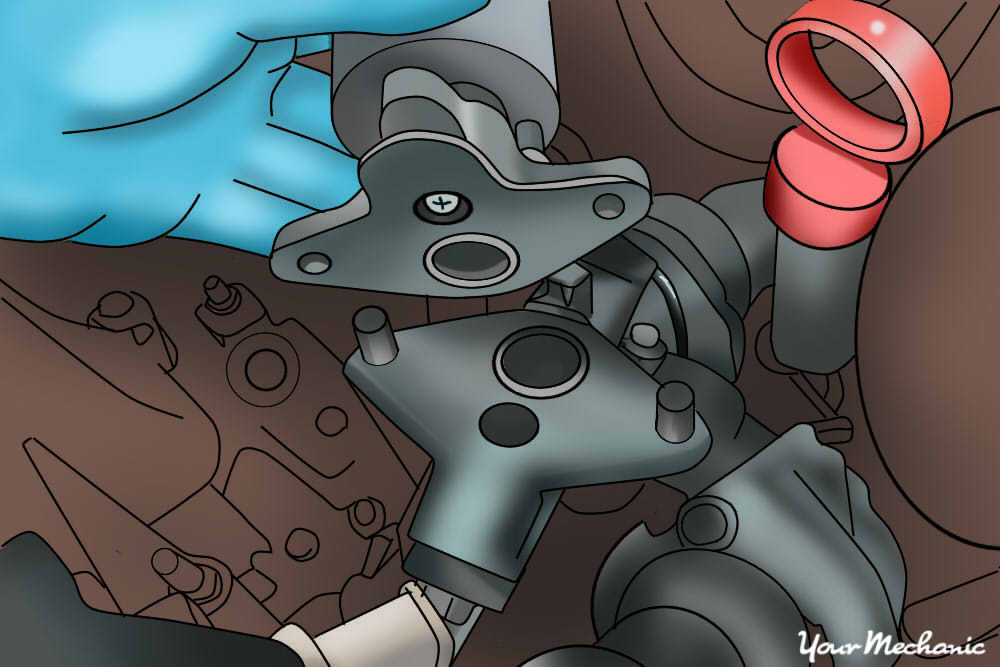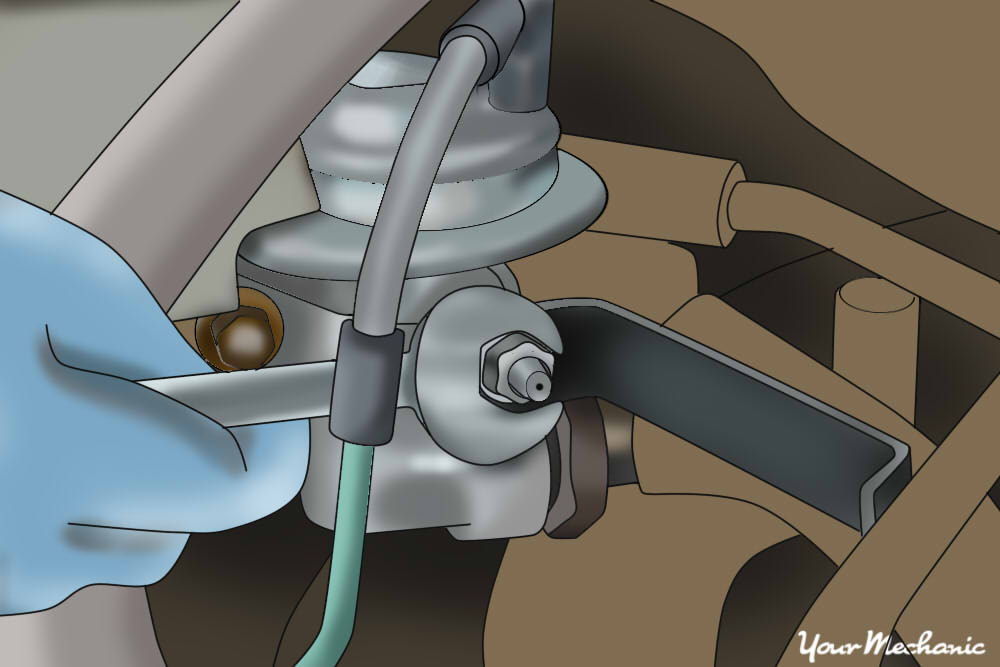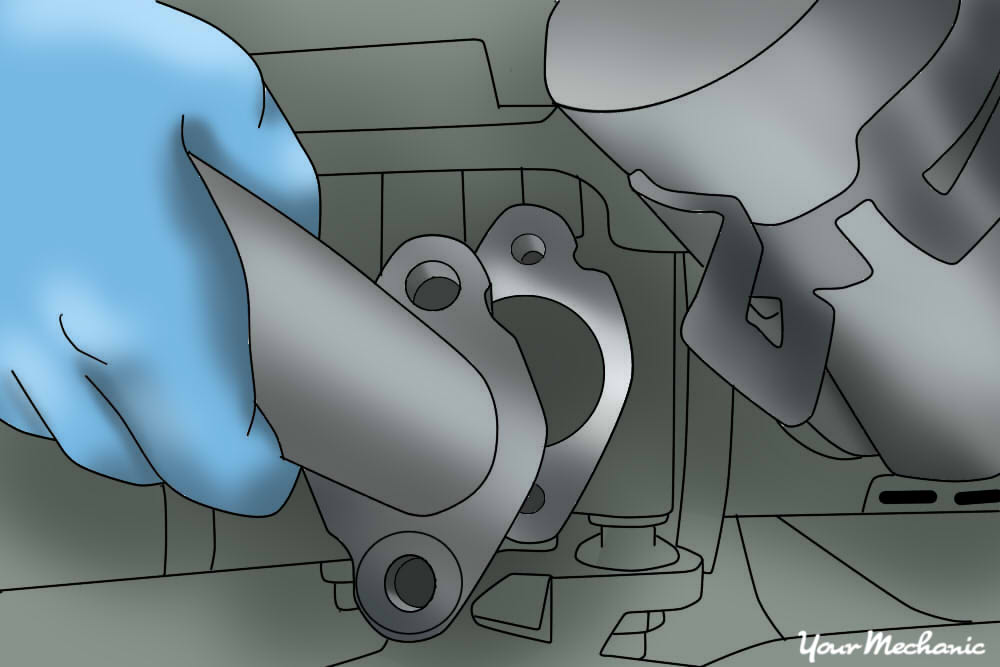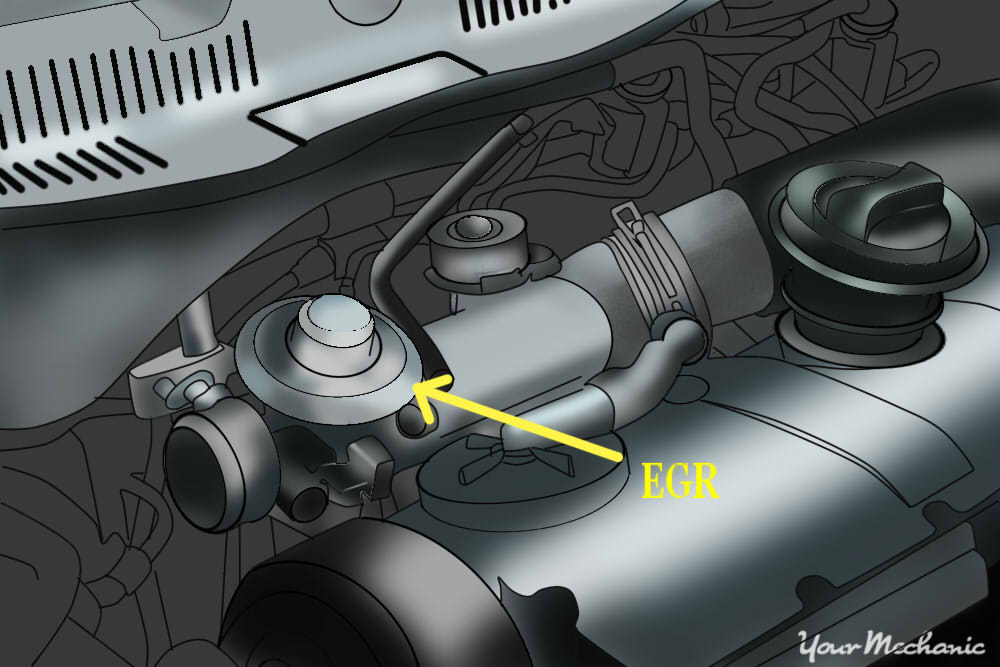

The EGR valve is the heart of the emissions system on an engine. EGR is an acronym for Exhaust Gas Recirculation, and that is exactly what it does. This wonderful environmentally-friendly device opens up during certain engine conditions and allows exhaust gases to recirculate back through the engine for a second time. This process drastically reduces harmful nitrogen oxide (NOx) emissions that contribute heavily to smog. In this article, you will find information on the function of the EGR valve, along with how to clean the valve and why it often needs to be cleaned or replaced.
The EGR valve lives a tough life. In fact, it probably has one of the hardest jobs of any part on a modern engine. It is constantly punished with the hottest temperatures that a vehicle can create, and it is hammered with particles of unburned fuel that are better known as carbon. The EGR valve is delicate enough to be controlled by the engine vacuum or a computer, and yet also has the ability to withstand 1,000 degree carbon-filled exhaust gases each time the engine is run. Unfortunately, everything has a limit - including the EGR valve.
Over thousands of driving cycles, carbon begins to leave deposits inside the EGR valve, limiting the valve’s ability to do its job as the exhaust gate-keeper. These carbon deposits get bigger and bigger until the EGR valve can no longer function properly. This can lead to a variety of drivability issues, none of which are desirable. When this failure occurs, there are two primary remedies: cleaning the EGR valve or replacing the EGR valve.
Part 1 of 2: Cleaning the EGR valve
Materials needed
- Basic hand tools (ratchet, sockets, pliers, screwdrivers)
- Carb & choke cleaner
- Gasket scraper
- Needle nose pliers
- Rubber gloves
- Safety glasses
- Small brush
Step 1: Remove any electrical connectors. Begin by removing any electrical connectors or hoses that are attached to the EGR valve.
Step 2: Remove the EGR valve from the engine. The difficulty of this step depends on the type of vehicle, and the location and condition of the valve.
It typically has between two and four bolts holding it into the intake manifold, cylinder head, or exhaust tubing. Remove these bolts and lift out the EGR valve.
Step 3: Inspect the valve ports for clogging and build-up. Also inspect the associated ports on the engine itself. They are often clogged with carbon nearly as bad as the valve itself.
If clogged, attempt to remove large pieces of carbon with needle nose pliers. Use the carb and choke cleaner in combination with a small brush to clean additional residue.
Step 4: Inspect the EGR valve for buildup. If the valve is clogged, clean thoroughly with carb and choke cleaner and a small brush.
Step 5: Check for heat damage. Inspect the EGR valve for damage caused by the heat, age, and of course the carbon buildup.
If it is damaged, it must be replaced.
Step 6: Clean the EGR valve gasket. Clean the gasket area on the EGR valve and engine with a gasket scraper.
Be sure to prevent small pieces of the gasket from falling into the engine side of the EGR ports.
Step 7: Re-attach the EGR gaskets. Once everything is cleaned and inspected, replace the EGR gasket(s) and attach it to the engine according to the factory specifications.
Step 8: Check for any leaks. Test the functionality with guidance from a factory service manual and confirm that there are no vacuum or exhaust leaks.
Part 2 of 2: Replacing the EGR valve
EGR valves can sometimes be problematic to replace due to age, condition, or the type of vehicle itself. If you have difficulty with the steps below, it’s always best to contact an expert.
Materials Needed
- Basic hand tools (ratchet, sockets, pliers, screwdrivers)
- Gasket scraper
- Rubber gloves
- Safety glasses
Step 1: Remove any electrical connectors or hoses. Begin by removing any electrical connectors or hoses that are attached to the EGR valve.
Step 2: Remove bolts holding the EGR valve to the engine. There are usually between two and four of them depending on the vehicle.
Step 3: Scrape gasket material from mating surface. Be sure not to lose any debris into the EGR port of the engine.
Step 4: Install the new EGR valve and valve gasket. Install the new EGR valve gasket and EGR valve to the engine according to the factory specifications.
Step 5: Re-attach hoses or electrical connections.
Step 6: Double-check the system. Test the functionality with guidance from a factory service manual and confirm that there are no vacuum or exhaust leaks.
EGR valves are simple in the way that they work, but often not simple when it comes to replacement. If you don’t feel comfortable replacing the EGR valve yourself, contact a qualified mechanic such as one from YourMechanic to replace the EGR valve for you.




